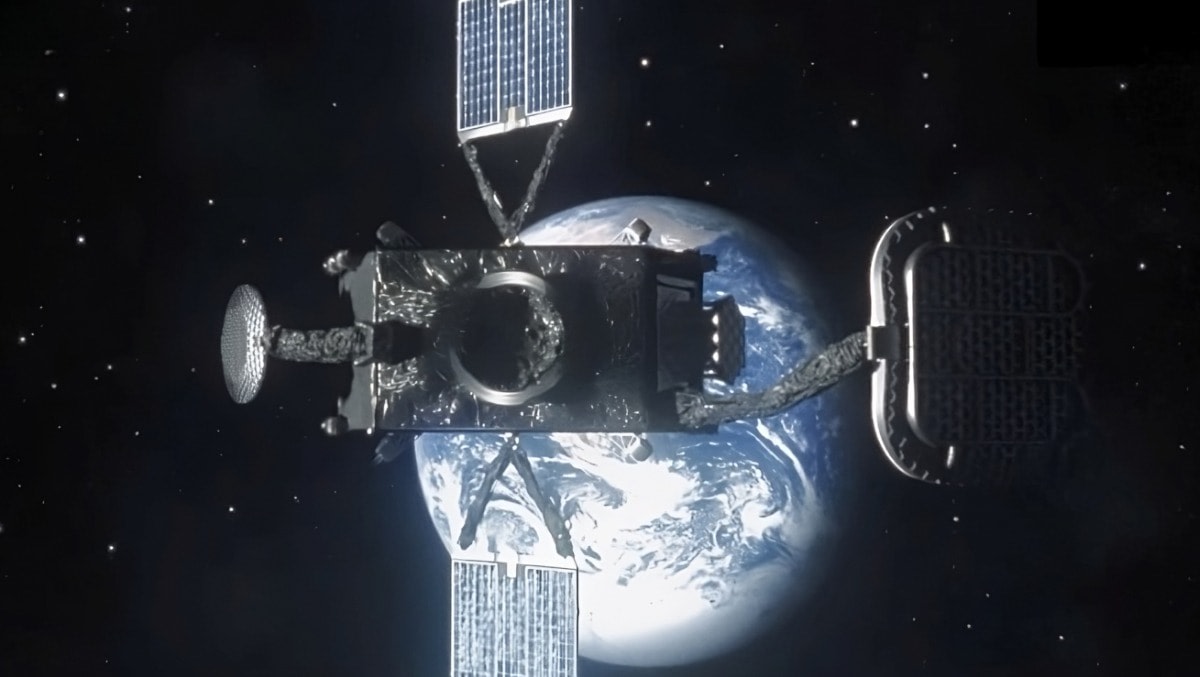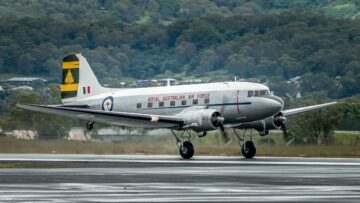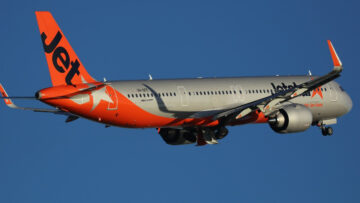
Australia and New Zealand have signed a $190 million deal with Inmarsat to improve the accuracy of GPS signals to as little as 10 centimetres.
The development has the potential to revolutionise aviation by allowing emergency service aircraft to land more safely in areas without air traffic control access.
It would also provide assistance to larger aircraft landing in remote aerodromes or in times of poor weather and visibility.
[embedded content]
The new, 20-year agreement will allow “SouthPAN” to be broadcast from one of Inmarsat’s upcoming I-8 satellites from 2027.
SouthPAN is a Satellite-Based Augmentation System (SBAS) that provides huge improvements to positioning and navigation systems, using a combination of reference stations, telecommunications infrastructure, computing centres, signal generators, and satellites.
Lockheed Martin won a 1.18 billion contract to help oversee the project late last year and will specifically build its ground segment.
PROMOTED CONTENT
The service has been live since 2022, but will only formally broadcast from 2027, with more critical “safety of life” services coming in 2028. An additional satellite is also being procured to provide SouthPAN services.
Geoscience Australia, the lead Australian government agency, said the Inmarsat deal would provide “redundancy and resilience” in SouthPAN that would enable critical applications to use it.
“These services will be accessed or used by end users engaged in operations where life could be at risk, like landing an aircraft at an airport,” said Geoscience.
SouthPAN works by using a number of distributed ground stations to monitor signals broadcast by Global Navigation Satellite System (GNSS) satellites. It then compares each station’s known location with position data from the satellites.
“The GNSS signal data and measurement information is sent to correction processing facilities,” explains Geoscience.
“The facilities aggregate the data from all ground stations, produce error corrections and status information about the GNSS satellites, and format the data in a standardised series of messages.
“These messages are sent to an uplink station, which transmits data to a satellite in geostationary Earth orbit.
“The data is broadcast to all precise positioning users, who combine SouthPAN’s data with their own observations of GNSS satellites.”
It comes after Australian Aviation previously reported how Canberra-based Skykraft launched the first of a constellation of satellites earlier this year that will provide space-based air traffic management technology.
The satellites have been designed to provide better monitoring of aircraft by covering current gaps in Australia’s air traffic management systems.
As part of their operations, the satellites will foster improved communication with aircraft and may improve the efficiency of routes as well as help aircraft avoid turbulence.
Skykraft has subsequently agreed a deal with NZ air traffic control provider Airways New Zealand to bring better information to pilots flying over remote and oceanic regions.
- SEO Powered Content & PR Distribution. Get Amplified Today.
- PlatoAiStream. Web3 Data Intelligence. Knowledge Amplified. Access Here.
- Minting the Future w Adryenn Ashley. Access Here.
- Buy and Sell Shares in PRE-IPO Companies with PREIPO®. Access Here.
- Source: https://australianaviation.com.au/2023/05/190m-deal-to-boost-gps-will-benefit-ems-aviation/
- :has
- :is
- :where
- 1
- 10
- 2022
- 2028
- 98
- a
- About
- access
- accessed
- accuracy
- Additional
- After
- agency
- Agreement
- AIR
- aircraft
- airport
- airways
- All
- allow
- Allowing
- also
- an
- and
- applications
- ARE
- areas
- AS
- Assistance
- At
- Australia
- Australian
- Australian Aviation
- aviation
- avoid
- BE
- been
- being
- benefit
- benefits
- Better
- Billion
- boost
- bring
- Bringing
- broadcast
- build
- but
- by
- centres
- COM
- combination
- combine
- comes
- coming
- Communication
- computing
- content
- control
- Corrections
- could
- covering
- critical
- Current
- data
- deal
- designed
- Development
- distributed
- each
- Earlier
- earth
- efficiency
- embedded
- emergency
- enable
- end
- engaged
- error
- facilities
- Formally
- format
- Foster
- from
- gaps
- generators
- Global
- Government
- gps
- Ground
- Have
- help
- How
- HTML
- HTTPS
- huge
- improve
- improved
- improvements
- in
- information
- Infrastructure
- IT
- ITS
- jpg
- known
- Land
- landing
- larger
- Last
- Last Year
- Late
- launched
- lead
- Life
- like
- little
- live
- location
- management
- May..
- measurement
- messages
- million
- Monitor
- monitoring
- more
- Navigation
- New
- New Zealand
- number
- of
- ONE
- only
- Operations
- or
- Orbit
- over
- oversee
- own
- part
- Pilots
- plato
- Plato Data Intelligence
- PlatoData
- poor
- position
- positioning
- potential
- precise
- previously
- processing
- produce
- project
- provide
- provider
- provides
- remote
- Reported
- Risk
- routes
- safely
- Said
- satellite
- satellites
- sector
- segment
- sent
- Series
- service
- Services
- Signal
- signals
- signed
- since
- space-based
- specifically
- station
- Stations
- Status
- Subsequently
- system
- Systems
- Technology
- telecommunications
- that
- The
- their
- then
- this
- this year
- times
- to
- traffic
- turbulence
- upcoming
- use
- used
- users
- using
- visibility
- Weather
- WELL
- which
- WHO
- will
- with
- without
- works
- would
- year
- youtube
- Zealand
- zephyrnet








